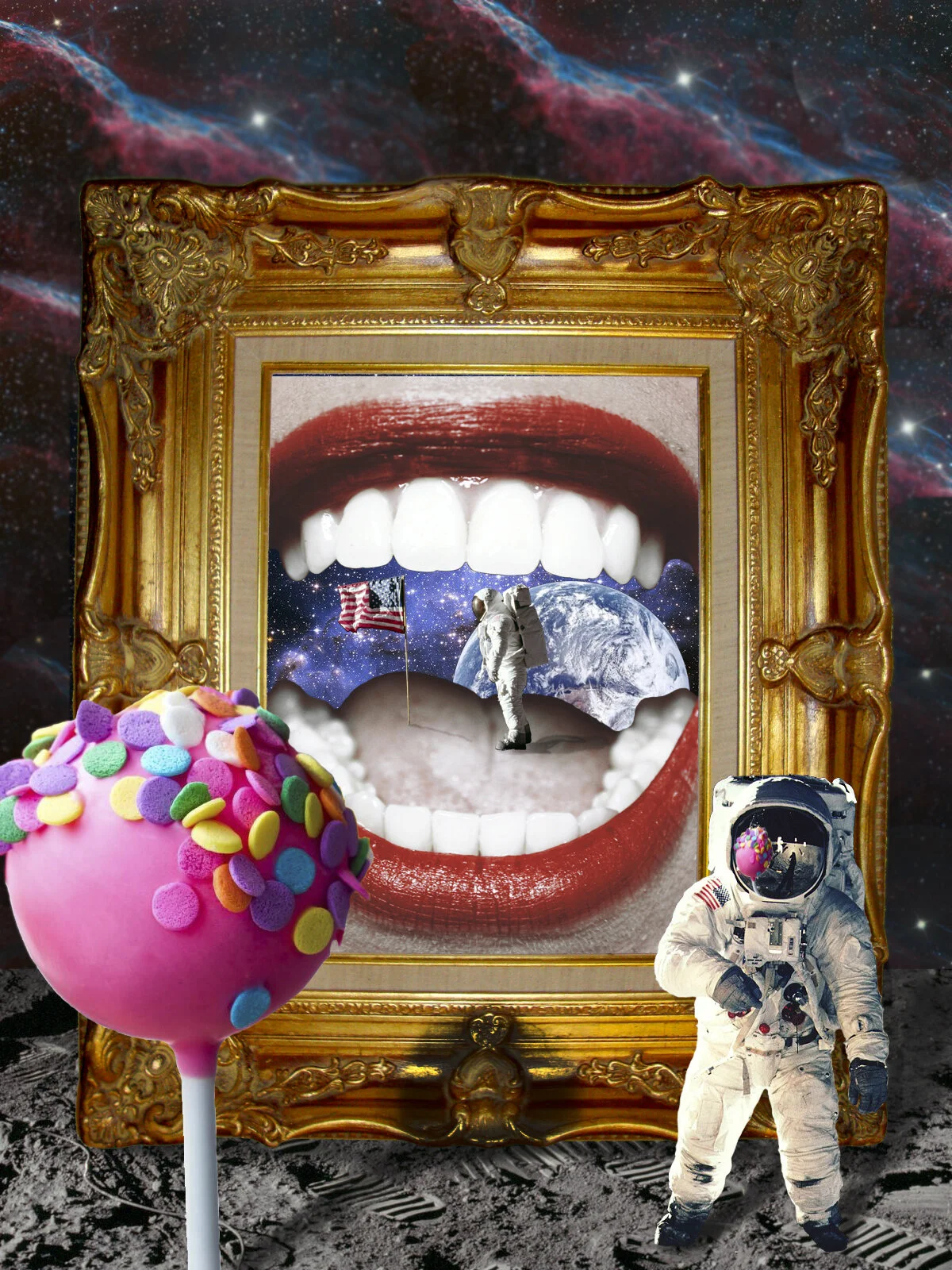Styling Inspiration: What is it and where to find it?
Inspiration is all around us, from the color of the sky to the texture of the ground. When styling fashion, you are faced with an entire store or internet of clothing, and it can become overwhelming where to start. Look around, find an everyday item like a trench coat, statement sweater, knee-high boots, a typical color or print, plaid, animal, brown or style western, Victorian, the ’80s, etc.) and build your fashion pull off that item. Different companies will focus on the season based on their buys and what they would like to push, but I often find the “latest, greatest, bestest” pieces and work my way backward to make them fit into a directed concept.
Once you have this item that you love, that piece is your inspiration to build off. You did it; you found your inspiration. Allowing yourself to be free in finding something you love, like a great coat or pair of boots, that is what will drive your entire pull. Next is to think about where your group is going. Are they going to a gala? Are they going for a hike in the woods? Are they hanging out at a western bar? If you don’t know where they are going, then build off-color. This color can come from the inspiration piece itself (btw here is where the concepts of color theory can come into play) by being a similar color (analogous), complementary (opposite on the color wheel), or triadic (colors even spaced on the color wheel). Thinking of color theory in your pull can come in handy if you want to make something “pop” and stand out in the group of looks.
Now that you have the key pieces, the location, and the color story, you can begin pulling supplemental essays to fill out the looks and tell the person or mannequin who is wearing these looks. When doing this, I like to use the concepts broken down by television stylist Patricia Field. Look at Sex and the City, each character had a very distinct personality and look. Carrie the avant-garde creative type. Samantha, a powerful woman with sex appeal. Charlotte, the demure priss, and Miranda, the masculine upright professional. Each character is very different, but they are all going to the same event. You can achieve this with a color story and pieces that you pull to elevate or rough up a look (i.e., tuxedo pants or a flannel shirt).
Now you have your crucial piece(s), your location, your characters, and your details pulled; all you need now is to add those other elements to tell your story, and this can be where outside sources of inspiration come in. Let’s say you want the looks to be whimsical, like an image of Alice In Wonderland you saw; then add some bright pops of colors or miss-matched prints. Let’s say the political climate is the inspiration, like a debate you saw or a press conference, then have giant fly fascinators in the people’s hair or face mask on only some of the people you are dressing. Let’s say you saw a motorcycle movie and loved the chic-ness of the black helmets, then have everyone wherein helmets (ala Viktor & Rolf Flowerbomb show).
From here, you look at your silhouettes and textures. I like to mix up shapes within a group of looks; for instance, I will have a pant, a skirt, a dress, etc. and if I have a lot of one item, I will style each on differently like a rolled pant leg on one and a tucked pant leg on another. I also like to mix hard and soft (i.e., leather and cashmere) and masculine and feminine (i.e., leather/tweed and florals) combined within one look to add interest, layering, and a point of view.
So now, you have found your inspiration and managed to pull together a group of looks. Try adding a combination of textures, prints, and silhouettes, attitude, and your looks are complete. Keep in mind, if something doesn’t look right on the hanger, it’s okay because it may work out on the body and vice versa. If this happens, that is okay; you can always pull something else that will work.
This first post is a lot, but inspiration when pulling fashion is a big subject to cover. In future posts, I’ll go further into pulling a look for a character and what types of silhouettes work to tell a story about the person/character through clothing. Enjoy and HAVE FUN! It’s just fashion, not brain surgery.
